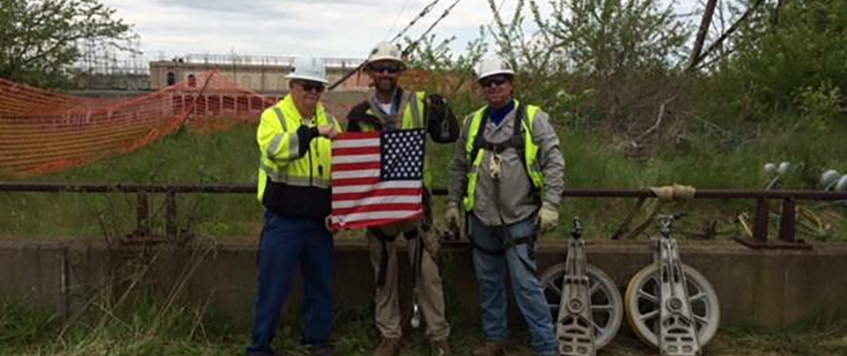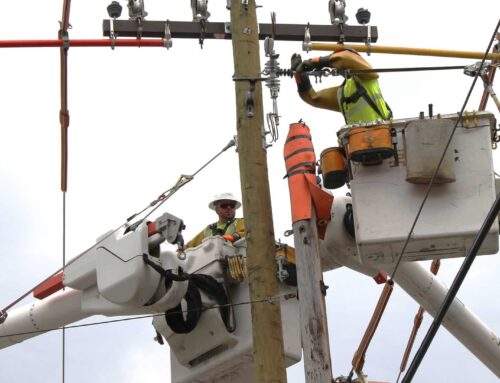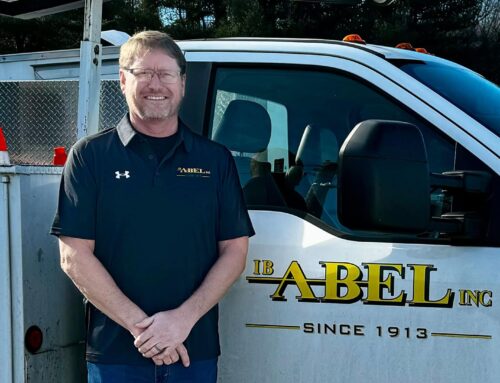National Grid awarded I.B. Abel a unique and challenging project on March 14, 2016 that leveraged the talent of our employees and prior successes with similar projects. The project required the removal of a long retired and de-energized powerline interconnecting the United States and Canada, in addition to demolition and removal of Structures 101 and 102 which supported the powerline, including the foundation of Structure 102. This multinational project would require intensive preplanning, extensive coordination, and a tight schedule that left no room for error.
The original powerlines spanned the Niagara River, two major highways, and several pedestrian walking and biking trails. National Grid was granted approval to advance the project and was seeking the right contractor to coordinate project execution with the U.S. and Canadian Coast Guards, New York Parks Department, New York Department of Transportation, and the Canadian Utility Hydro One Inc. and Ontario Power Generation. I.B. Abel approached National Grid with a proposal that appealed to its interest in stakeholder communication. Our successful coordination with project stakeholders during the construction of a 345-kV transmission line project at the Cape Cod Canal Crossing known as the lower South Eastern Massachusetts (SEMA) project positioned us to confidently address all concerns and constraints pertaining to project feasibility. Timing and communication would prove to be vital components of a successful completion since the deadline closely coincided with a spike in local tourism during a holiday weekend.
The I.B. Abel team including Chris Uhl, Rich Nybeck, and a composite crew assembled from the International Brotherhood of Electrical Workers Locals 1249 and 1319 worked with National Grid to mitigate several identified potential safety hazards associated with removing the old interconnection. Reinforcing and installing special fall prevention anchoring devices on Structure 101 was the most critical due to its close proximity to a cliff. Coordinating with both Coast Guards to ensure river security and subcontractors to control traffic flow was critical once the project was underway. The removal of the obsolete line and Structures 101 and 102 was completed in six days with zero incidents and no major delays thanks to the proactive attitude and cooperation of everyone involved.






Leave A Comment
You must be logged in to post a comment.